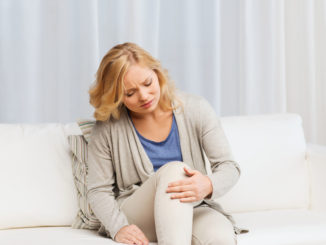
Dr. Cecilia Lorenzo, Vein Care Solutions
Leg pain, limb swelling, and varicose veins affect over 20 million people in the United States. Unfortunately, many Americans do not seek medical attention for these conditions because they are perceived as being cosmetic in nature. Patients now have a number of alternatives to living with the discomfort and skin changes common to these problems.
The stress of being on your feet all day and under the influence of gravity put pressure on the valves of your legs. Over time, the sum total of the stress can cause the valve leaflets to wear out and become dysfunctional. This reverses the flow in the veins such that the blood pools into the leg. This reversal of flow or reflux results in symptoms of aching with progression to fatigue and swelling, and maybe accompanied by the appearance of varicose veins, skin changes or ulcers.
Varicose veins and other vein disorders are common within families. Occupations requiring prolonged standing, obesity and pregnancy cause pooling of blood with vein dilation and dysfunction. Additionally, the use of high-heeled footwear decreases calf muscle flexion which otherwise serves as an effective pump for emptying the leg of venous blood.
Fortunately, assessment of the symptomatic patient is non-invasive. A vascular surgeon can review the pertinent aspects of the medical history and perform a physical exam that is complemented by an ultrasound study of the affected leg. Most vein treatment can be performed in the office setting. Patients are therefore returning to work and normal activity the next day without any downtime.
Fortunately, treatment modalities are many and all are very well tolerated. With so many options for relief of symptoms, you can hardly have a reason not to seek help today!
Did you know that women are up to three times more likely to have varicose veins than men?
Risk factors for development of vein disease include:
older age
pregnancy
careers that require prolonged standing
family history of varicose veins
Most treatments for venous disease are done as an outpatient.
Many options for treatment of varicose veins are covered by insurance.
One of the highest risk factors for developing varicose veins is having a father with varicose veins. The left leg is more likely to develop varicose veins than the right.


